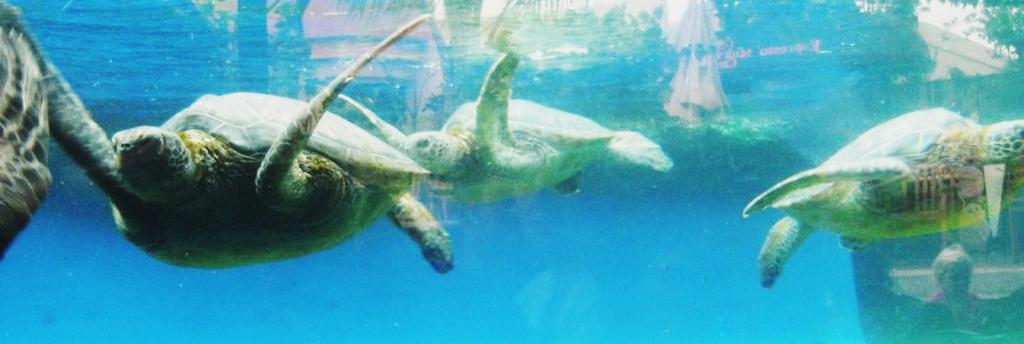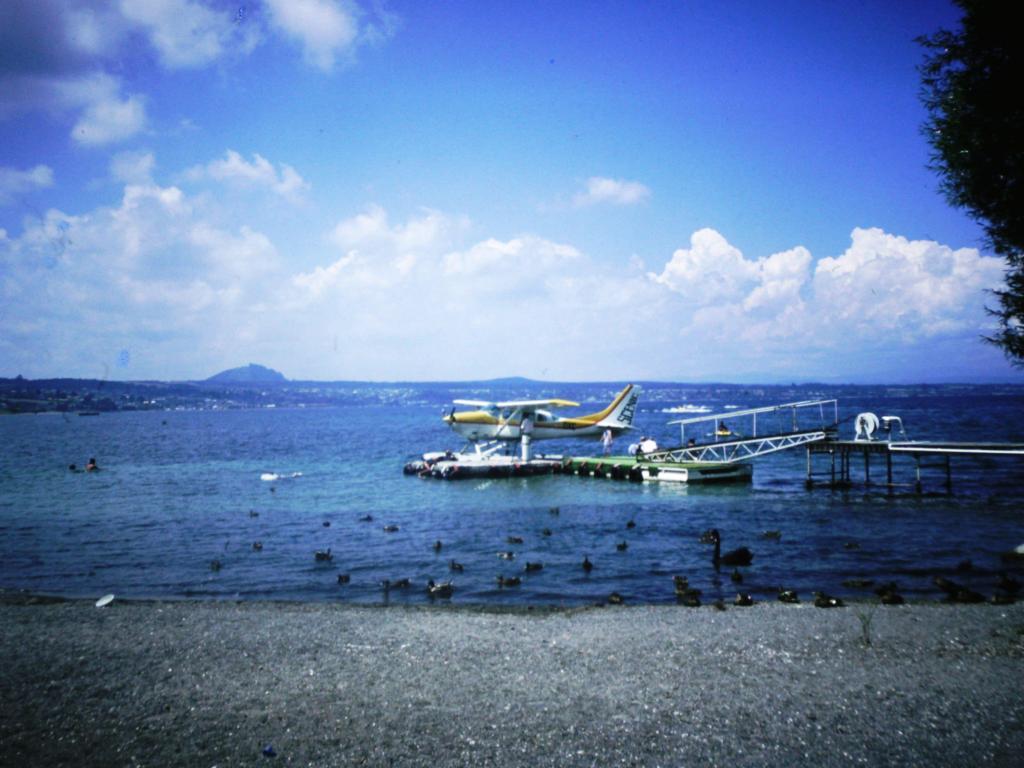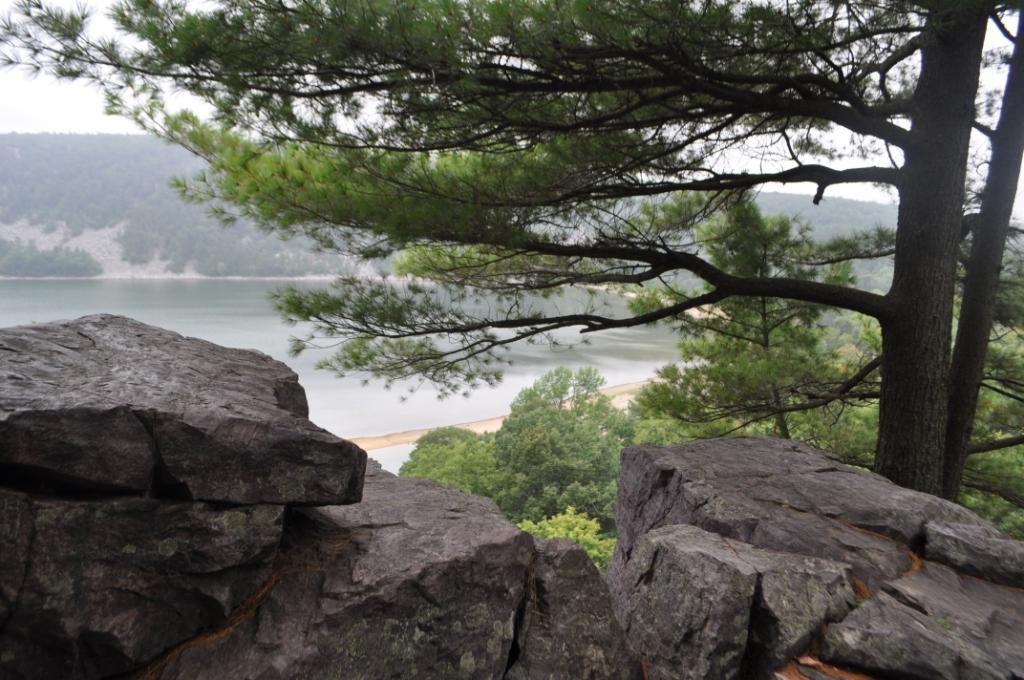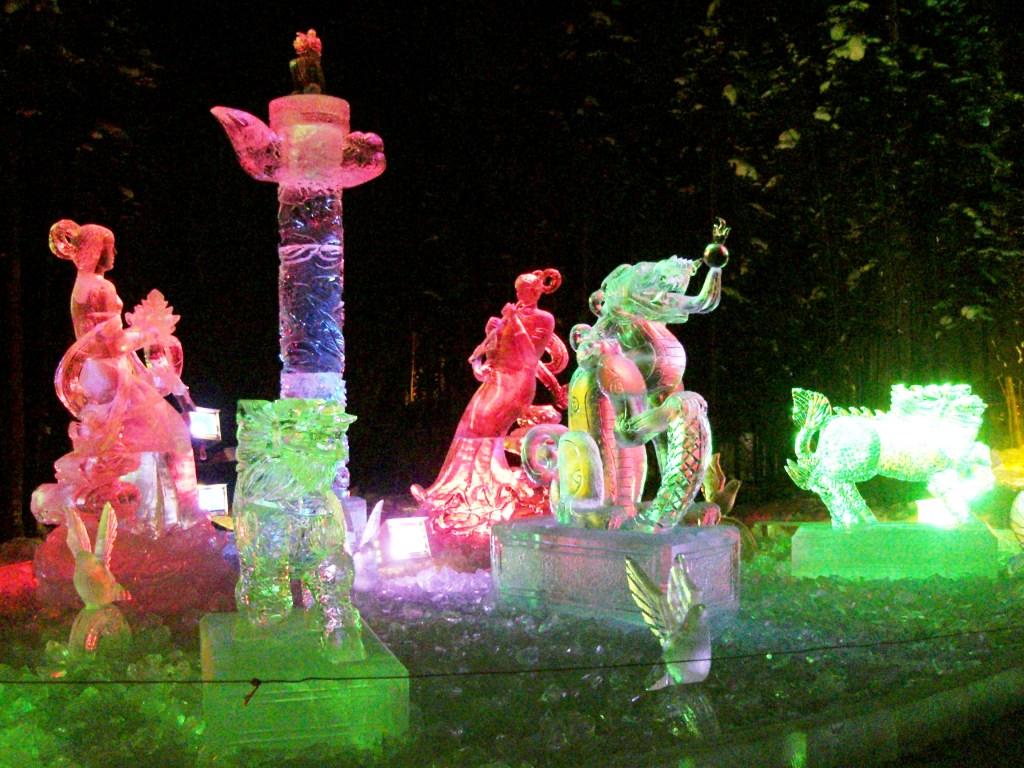I am walking through the middle of a 750,000 gallon fish tank. Sharks and rays and some 2,000 other fish swarm around me as I make my way through a completely clear acrylic tunnel that offers a 360-degree view of the ocean. Under my feet, a reef shark slides by, motionless but for a flick of its black-tipped tail. Above my head, I am eyeball to eyeball (or whatever that funky looking facial part is) with a giant ray.
In Your Bucket Because….
- You’re curious about all those beautiful fish and corals you’ve been seeing on snorkeling trips.
- You want to learn something about Hawaii’s marine ecosystem, and this is the premiere place to do it.
- Good for ecotourists, divers and snorkelers, families.
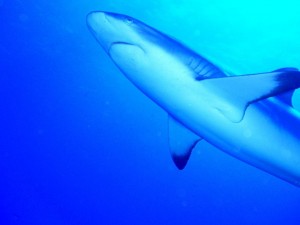
The Open Ocean display is perhaps the most dramatic exhibit at Maui’s Ocean Center. It’s like scuba diving in the open blue, without the tank and diving gear — although for those who want to get up close and personal with the sharks, rays, and barracudas, jumping in is an option: Reserve first, then show up with all necessary SCUBA gear (wetsuit, BC, regulator, mask, snorkel, fins; the Ocean Center provides weigh belts, tanks, and weights). Dives last between 30 and 40 minutes.
Coral Reefs Display at the Maui Ocean Center
Only a few minutes from Wailea and Kihei, where many of Maui’s most popular snorkeling sites and dive trip companies are located, the Ocean Center is a state-of-the-art, 20-million-dollar facility, part aquarium and part marine park. If you want to learn about the undersea world of Hawaii, this is the place to do it.
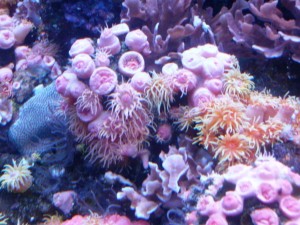
Being an avid diver, I started my visit at the coral reef display — the largest exhibit of corals in the United States. For me, the exhibit’s appeal is obvious: Underwater, I frequently see things I know nothing about: scores of species of fish at a time, and even more kinds of coral. So this was my chance to stop and learn. The dozens of tanks, large and small, displayed the brilliantly colored coral, fishes, and other sea life we might encounter while snorkeling or diving in different parts of Hawaii.
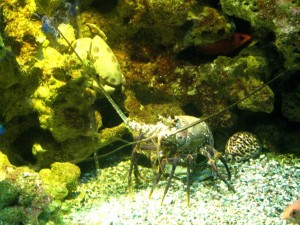
The identifying and interpretive information was what I thought I was looking for, but what actually caught my attention were the tanks filled with smaller critters that sometimes get overlooked when diving or snorkeling: crabs, eels, lobsters, sea snakes, and sea horses (which wrap their tails around each other, much like cats curled up together). Special exhibits also feature the weird and unusual critters of deep, dark water: creatures that are seldom seen, even by divers. A nice feature here is that, in addition to the written interpretive information, naturalists are on hand to answer questions and share interesting tidbits.
Up Close and Personal with Marine Life
My next stop was the outdoor touch pools where I watched kids discover the prickly, scaly, slimy textures of sea creatures able to withstand the prodding. This popular family attraction is right next to the even more popular sea turtle tank, which harbors a community of green sea turtles. It’s one of many catch-and-release programs I’ve seen, all of which give these threatened reptiles a chance to mature in safety before being released to the hazards of the sea. Somehow, I never tire of watching the adolescent turtles, which somehow, miraculously, grow from babies the size of quarters to the giant behemoths I’ve seen while diving. More importantly, the engaging exhibits are a first-hand way for children to discover the wonders of the sea, and develop an ethic of environmental protection.
Practicalities
- Maui’s Ocean Center is located a short drive from Maui’s primary airport in Kahului, just off Highway 30, making it a good choice to fill time if you have an evening flight.
- The restaurant has good seafood at reasonable family-friendly prices.
Updated and republished 2019
